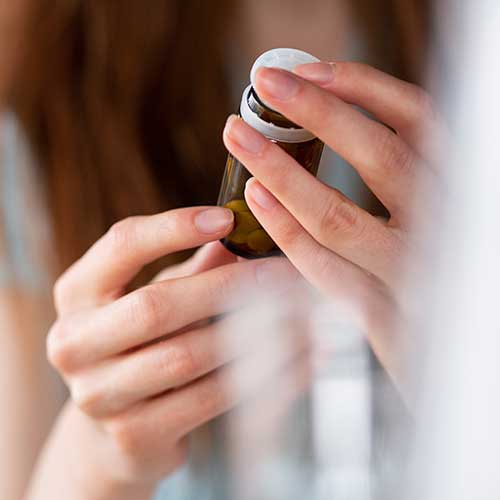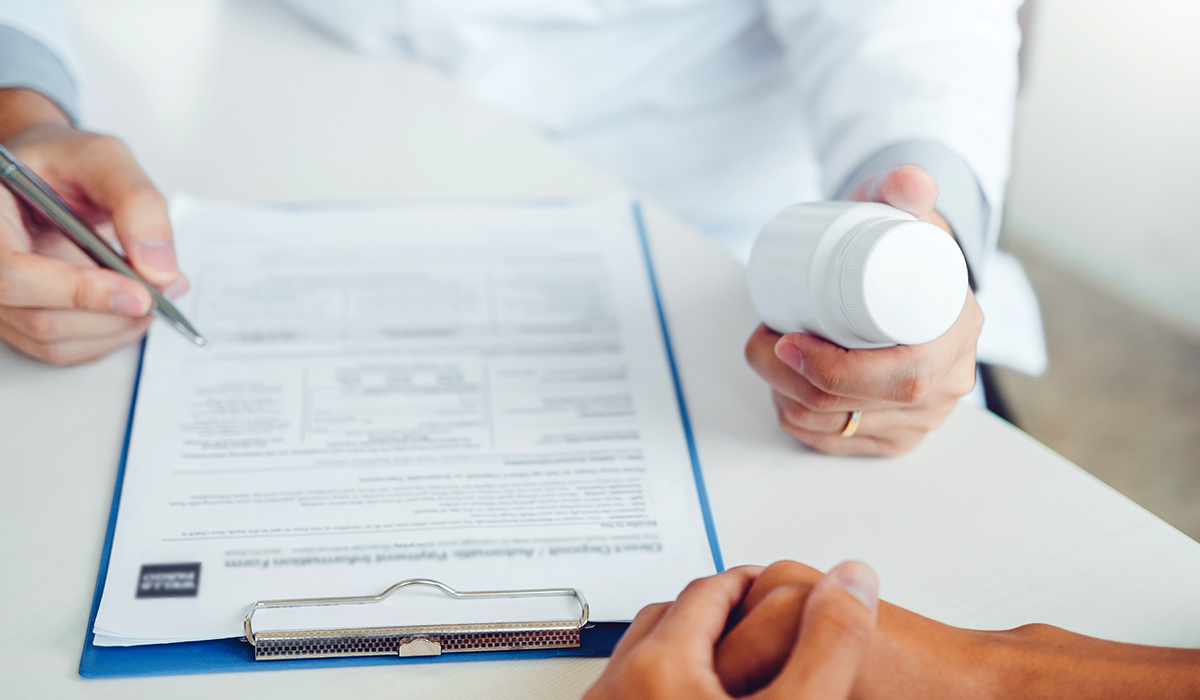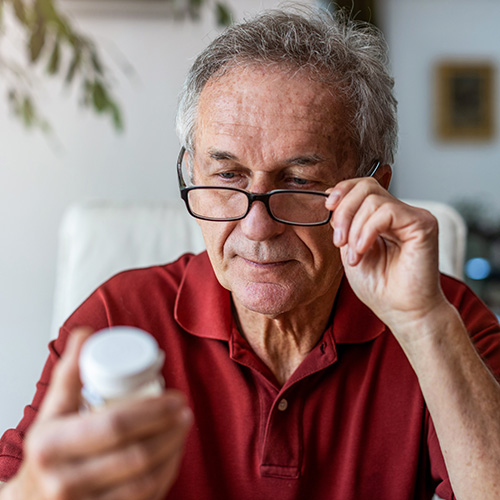July 2023
It happens to everyone. You forget to take your medicine at the right time, or don’t remember to take it at all. It may not sound like a big deal, but it may be if it happens too often.
Taking your medications as prescribed is one of the most important things you can do to take care of yourself. If you are sick, following your doctor’s advice on when — and how often — you should take your medicine can mean the difference between feeling better sooner or feeling sick longer. Medication for ongoing physical and mental health issues (like heart disease or depression) can also keep those conditions from getting worse.
Up to 50% of patients don’t take their medication when and how they should, according to the World Health Organization. Not taking medication as prescribed causes at least 100,000 preventable deaths and $100 billion in preventable medical costs each year.
Taking your medicine as prescribed is sometimes easier said than done. You may have many different medications to take at different times of the day. If you have a busy schedule, it can be difficult to remember and make time to take your medicine.
There are things that can help you remember to take your medications as directed:
1. Use a pillbox.
Plastic pillboxes are a simple, effective, and affordable tool for organizing your pills. They’re labeled with each day of the week. If you only need to take pills once a day, choose a pillbox with one row. If you need to take pills twice daily, look for pillboxes labeled AM, for morning, and PM, for nighttime. You can find pillboxes at most pharmacies.
2. Bundle your medicine.
Many pharmacies offer convenience packaging that bundles all your medications, labeled with the dates and times of day they should be taken. Bundling your medicine may be a good alternative to using pillboxes. All the work of sorting and separating your pills is already done for you. It saves the time — and possible confusion — of filling your own pillbox. Medicine bundles are also helpful if you need your medications more than twice per day. Ask your pharmacist if prescription bundling is an option for you.
3. Remove physical barriers.
If you have trouble seeing, ask your pharmacist for large-print medicine labels. Or, keep a magnifying glass nearby to help read your medicine. Trouble opening tamper-proof bottles? Ask your pharmacist for easy-open bottles. Just be sure to keep these out of reach of young children by storing them up high or in a locked medicine box.
4. Download a smartphone or electronic app.
Special apps, such as the My GNP mobile app (available for free on iOS and Android devices) can help you track your meds, including when you should take them and when it’s time to refill your prescription. If you use a smartwatch to remind you to walk throughout the day, you can also program it to remind you to take your meds.
5. Set up calendar alerts.
You can also use your smartphone or computer to set up calendar reminders to take your medicine. Or, use a paper wall or desk calendar to jot down your daily doses and times. Whichever method you use, once you’ve taken your medicine, cross it out so you don’t second-guess yourself later on. Creating a daily digital or paper “To Do” list also works the same way.
6. Tie taking medications with a daily activity.
Remembering to take your meds might become as easy as, say, brushing your teeth. Keep a water glass nearby so you can take your medicine before brushing your teeth in the morning or the evening.
7. Talk to your pharmacist about side effects.
Sometimes, forgetfulness isn’t the issue. Many people don’t take their meds because of unpleasant side effects. Your pharmacist can help you get those under control.



